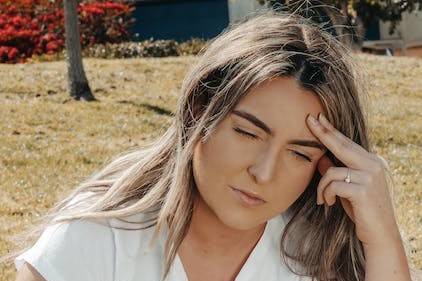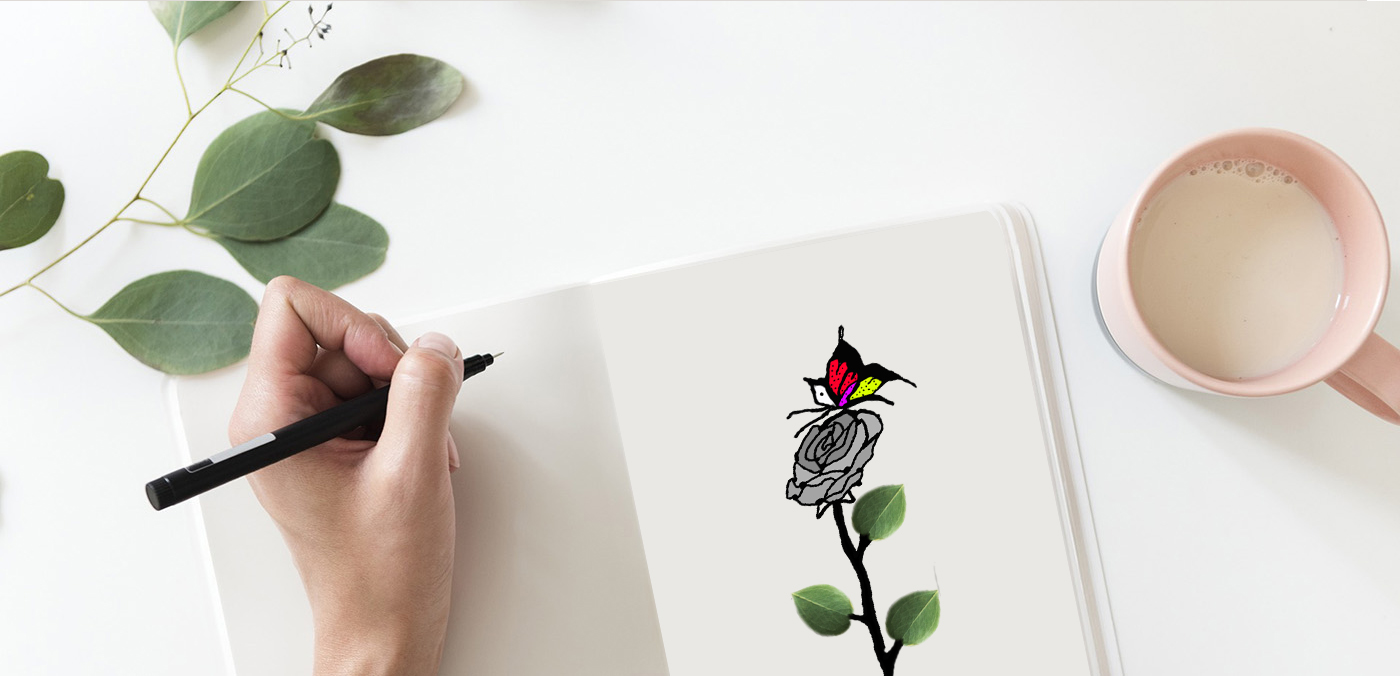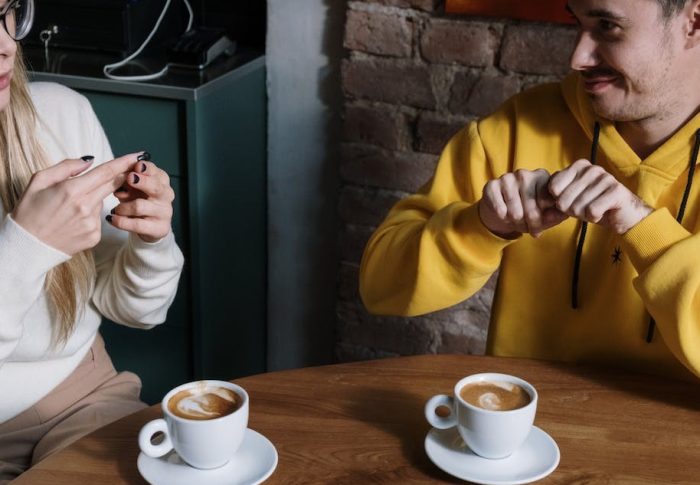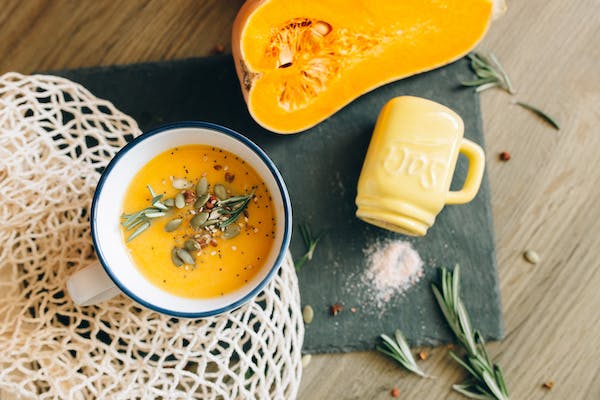
What do you do if you just can’t talk about it?
A large contributing factor to why I got ill was that I didn’t talk about my feelings. Whatever I experienced I thought it was bad so I pushed it down, ignored it, pretended I was fine and put a brave face on. Even when I was getting very unwell, I had no idea what was going on, I had no language to describe my inner turmoil so I just kept quiet and things, unsurprisingly, got worse.
I have learnt, through various therapies, how to talk about my feelings in a healthy way – I don’t talk about my feelings all the time but if things don’t feel right, I have ways to communicate and talking through my struggles, this means things are easier to understand and manage.
Whenever I hear about someone self harming in some way, whether it’s cutting, over dosing, drinking to excess or disordered eating – I do my best to persuade them to find a way to talk about what’s going on. It’s often about who you talk to as well as what you say, sometimes it’s about writing things down, but I think putting your thoughts and feelings into words is vital for mental health recovery.
However, what if things are so overwhelming, words just won’t come?!
Or, what if, due to another condition, a developmental condition or learning disability, you’re never going to be able to talk/communicate the way other people do?
On my mind is a young lady who’s desperately unhappy, she has self harmed in the passed but recently felt so hopeless, she tried to take her own life – this story, unfortunately, is not rare – sadly, this young lady also has Asperger’s syndrome, which is now considered part of Autism Spectrum Disorder (ASD). People with ASD have problems with, amongst other things, social interactions and communication.
I would always advise anyone in mental distress to seek professional help but sometimes there are things we can do to help ourselves, so here are some of my thoughts when words just aren’t the answer:
Exercise

Whether it’s anxiety, depression or other symptoms such as psychosis, some form of exercise has many benefits:
- Grounding – it helps people stay in touch with reality, rather than spiralling off down a disordered thought stream or into a reality that causes more harm than good.
- Endorphins – ‘happy hormones’ proven to be released when we exercise
- Release of aggression – some people (usually females) force their aggression inward while others may express aggression/anger towards other people, either physically or verbally. Some forms of exercise, especially something like kick boxing can be brilliant for releasing pent up aggression.
- Can be done in community or solitarily – introverts and extroverts take their energy from different sources and exercise can provide either the company or the solitude needed.
- It can be a good distraction – taking pressure off talking and going for a walk with someone can actually make the taking side of things easier. Just being in nature, for example gardening, can have this effect as well.
- It’s generally good for your physical health as well!
There are many forms of exercise from formal team games to walking, running or cycling on your own, or classes such as body combat, Zumba or martial arts. It may help to do something as a regular outlet or just do it when feelings feel particularly uncomfortable.
Art or creativity
You don’t have to be Salvador Dali or the latest Banksy to pick up a paint brush, some crayons, a pencil or some charcoal – people find all sorts of ways of expressing themselves through art. I’m not particularly creative but when angry it can be incredibly therapeutic to press down hard with a pencil and scratch away at the paper. Tearing paper or fabric can also be calming or helpful for a destructive mindset.
Liz Atkin uses charcoal drawing to directly manage her mental illness. Her story is fascinating and can be found here.

Adult colouring is a bit of a craze at the moment. The way I used it was as a distraction, it was something that could consume my focus and while I was doing it, it helps me stop my destructive thinking.
It may also be useful to make collages of words or pictures from magazines, this may express an acute emotion (eg anxiety) or overriding issues (eg loneliness) and this links to the next thing to try.
Use pictures to communicate
There are specific systems such as the Picture Exchange Communication System but it doesn’t have to be that formal. Use Google Images and search for what speaks to you, it may be pictures of people or landscapes but it could just be colours or shapes. You don’t have to know what it means or why it’s important but if you use this method a few times, you may get used to expressing your feelings in this way.
Punch a pillow
You may not call it anger, but if you feel like you have lots of energy and don’t know what to do with it it may be helpful to punch a pillow. This is helpful to prevent keeping energy/emotions locked up, it’s important to let it out as people have a tendency to either take emotions out on other people (through verbal or physical aggression) or on themselves (by self harming).
Mindfulness/meditation

Mindfulness can be a complex concept to understand but at its most basic level, it’s about being aware and then sitting with how things (feelings/situations/thoughts) are, as they are, without judgment or desire to change them. If we manage to do this, we can learn to manage all sorts difficult or uncomfortable feelings.
Meditation takes a number of forms and may include elements of relaxation techniques as well. This link to YouTube may be a good place to start.
Even if it doesn’t sound like ‘your thing’, sometimes it’s worth trying something new, just to see what it’s like. Type, mindfulness or meditation into YouTube and have a look at what’s out there. The most important thing with this is not to get cross, upset, angry or to judge how you’re doing with the exercises, there is no right or wrong way to do it. Talk to yourself with compassion when trying something new.
Pets as therapy (PAT)
Spending time with animals can be an amazing healer for some people. A loved family pet can evoke calmness in any situation. There are also special animals trained for therapy and horses are used in some specialist centres.
No matter what the situation, there is a way through, some times we just need to be a little more creative with how we get through.




